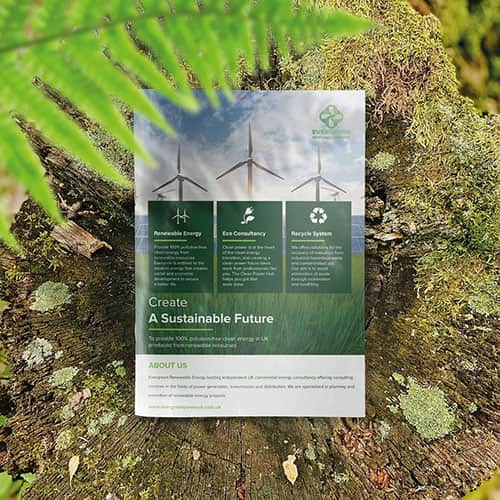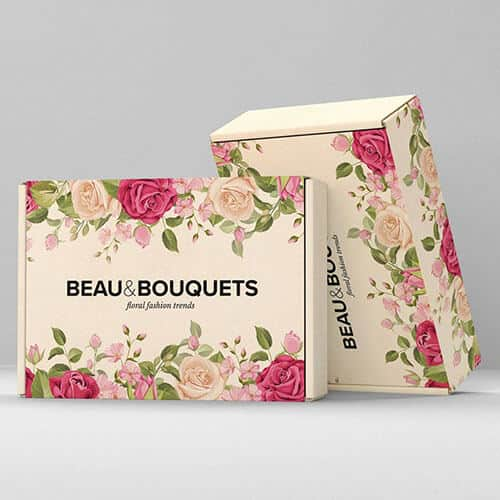Creating flawless print-ready files in Hastings is one of the most important steps in ensuring professional, high-quality print results. Whether you are preparing flyers, posters, business cards, or brochures, file accuracy determines the outcome. Without proper setup, designs may lose clarity, colours can appear distorted, or text may shift. To avoid such challenges, working closely with local printers in Hastings who understand your requirements is essential.
At Printingprogress, we help individuals and businesses ensure their designs are not only eye-catching but also technically accurate for seamless printing. For expert support in creating professional print-ready files, call us on 0800 999 1094 or email us at info@printingprogress.co.uk.
At Printingprogress, we don’t just print files—we ensure your ideas are translated into flawless designs that are perfectly set up for print.
Starting With The Basics Of Print File Preparation
Before diving into the details, it is worth understanding why printing file preparation in Hastings matters so much. Many customers assume that a digital file ready for online use will automatically work for print. In reality, print has different requirements. A file optimised for screen may not include bleed, colour adjustments, or high enough resolution for paper-based production.
By addressing these essentials early, you prevent costly errors and delays. It also ensures your final printed material aligns with your brand vision. Whether you are an individual designing your first leaflet or a business preparing corporate brochures, correct preparation saves both time and money.
Main Guide To Preparing Print-Ready Files In Hastings
Preparing design for print in Hastings requires attention to detail across several stages. Below are the key steps and considerations that ensure your project prints perfectly.
1. Choosing The Right File Format
-
Always export files as PDF, TIFF, or EPS for best print quality.
-
Avoid using low-quality JPEGs as they can compress data and reduce sharpness.
-
A universal PDF/X-1a format is often recommended for reliable print compatibility.
2. Setting Correct Resolution
-
Minimum resolution: 300 DPI (dots per inch) for all images.
-
Web images at 72 DPI will look pixelated in print, so ensure all artwork is properly sized.
-
Scaling images up after placement is not ideal, always use high-resolution originals.
3. Applying Bleed And Safe Margins
-
Add at least 3mm bleed on all sides to avoid white borders after trimming.
-
Place text and logos within safe margins to prevent accidental cropping.
-
Printers in Hastings use trimming machines, and even minor misalignments can affect the layout.
4. Choosing The Right Colour Mode
-
Convert files from RGB to CMYK for accurate colour reproduction.
-
Screen-based colours look brighter in RGB but print duller if not converted properly.
-
Consider using a colour swatch book for accurate brand shades.
5. Embedding Fonts And Outlining Text
-
Always embed fonts in the final file to prevent substitution errors.
-
Alternatively, convert text to outlines so your design remains consistent.
-
This avoids issues where a printer’s system may not support your font choice.
6. Organising Layers And Elements
-
Flatten transparency layers where possible to prevent misprints.
-
Keep background, images, and text elements clearly organised in editable files.
-
Labelling each layer ensures smooth updates and adjustments.
7. Proofreading And Pre-Flight Checks
-
Check spelling, alignment, spacing, and overall layout before sending.
-
Conduct a pre-flight check using software tools to ensure compliance with print settings.
-
Share a soft proof PDF with your chosen printer for approval before final production.
Additional Tips For Print File Setup In Hastings
In addition to the main preparation steps, there are further techniques that can enhance your results. These practical recommendations are part of our print file setup in Hastings expertise.
1. Save With Correct Naming Conventions
Organise files with clear names indicating version and date, avoiding confusion during printing.
2. Check Transparency And Overprint Settings
Ensure that logos and text layers don’t disappear or overlap incorrectly during output.
3. Use Vector Graphics Where Possible
Scalable vector artwork, such as logos, ensures crisp lines at any size.
4. Keep Consistent Branding
Maintain uniform colours, typography, and layouts across brochures, posters, and business cards for brand recognition.
5. Work With Professionals
Partnering with Hastings’s community print experts guarantees a smooth process. Printers can advise on paper stock, finishes, and how designs will appear once printed.
Practical Guide For First-Time Designers
If you are unsure about how to prepare files for printing in Hastings, follow this simple workflow:
-
Start with a design template provided by your printer.
-
Double-check dimensions and bleed requirements.
-
Keep text away from edges.
-
Use consistent high-resolution images.
-
Always request a printed proof before bulk production.
By following this print-ready file guide in Hastings, even beginners can achieve professional outcomes.
Work With Printingprogress For Expert Print Setup
Getting your files right before printing avoids unnecessary stress and ensures your materials look as professional as your brand deserves. At Printingprogress, we combine technical expertise with design creativity, helping you prepare print-ready files in Hastings that deliver flawless results. Whether you are an individual, small business, or corporate client, our team ensures every file is checked, adjusted, and perfected before going to print.
From brochures and flyers to business cards and posters, our neighbourhood print shops in Hastings make your projects stand out. We also advise on advanced finishes, paper types, and custom solutions to match your marketing goals.
Ready to take your designs to the next stage? Contact Printingprogress today on 0800 999 1094 or email info@printingprogress.co.uk and let us transform your vision into high-quality print.
FAQs
1. What does print-ready mean in file setup?
A print-ready file is one that includes the correct bleed, resolution, colour mode, and layout so it can be printed without further adjustments.
2. Why should I use CMYK instead of RGB for printing?
CMYK is the colour mode used by printers, ensuring your colours appear consistent in print rather than looking different from screen versions.
3. How much bleed do I need for print files?
Typically, 3mm bleed is required on each edge of your file to allow trimming without leaving white gaps.
4. Can I use web images in printed materials?
No, web images are only 72 DPI and will appear pixelated. Always use high-resolution images at 300 DPI for best results.
5. Do printers check my files before printing?
Yes, professional printers like Printingprogress carry out pre-flight checks to ensure files are correctly set up before production.


 Eco friendly, sustainably sourced recycled FCS certified print
Eco friendly, sustainably sourced recycled FCS certified print Takeaway Screens
Takeaway Screens Postal Boxes
Postal Boxes